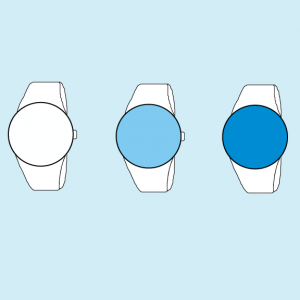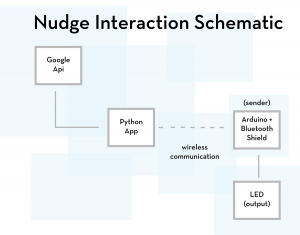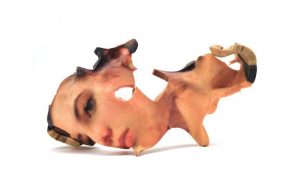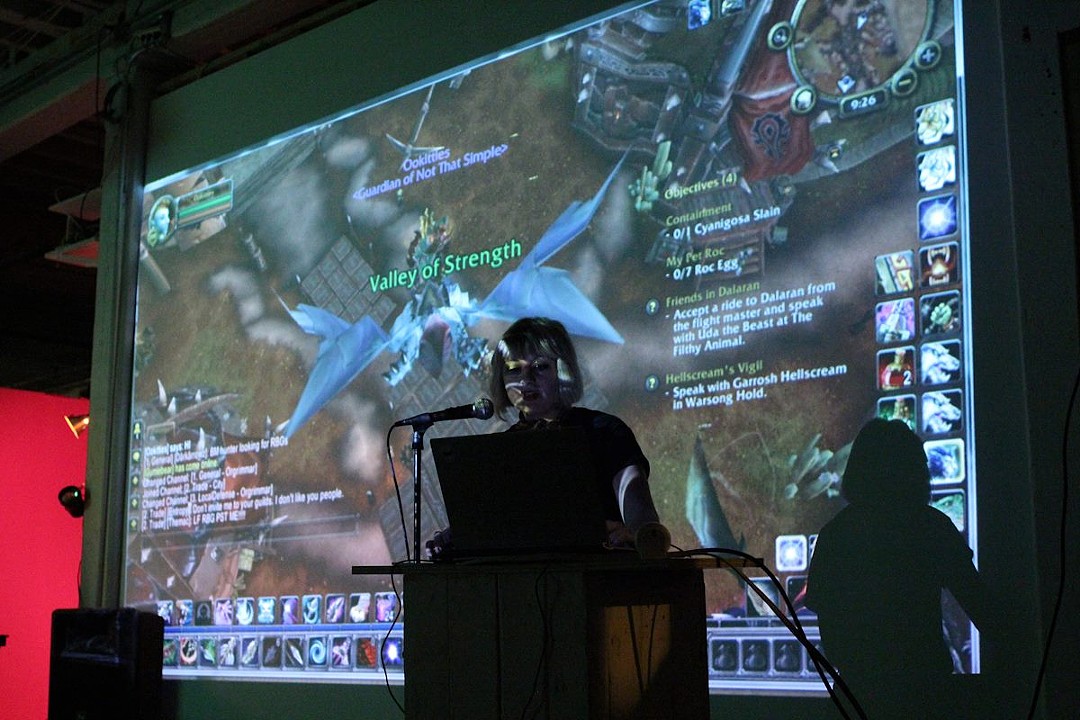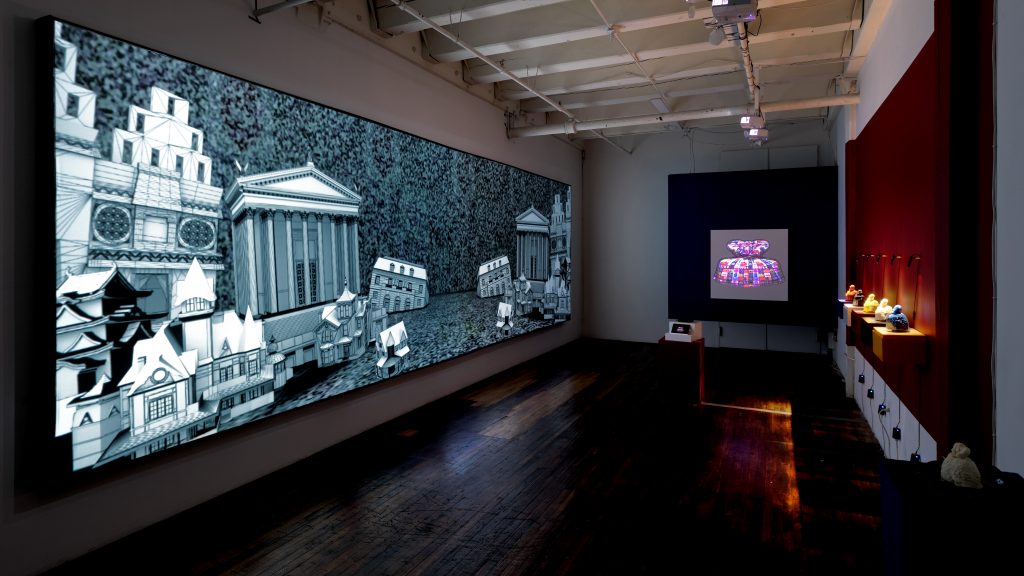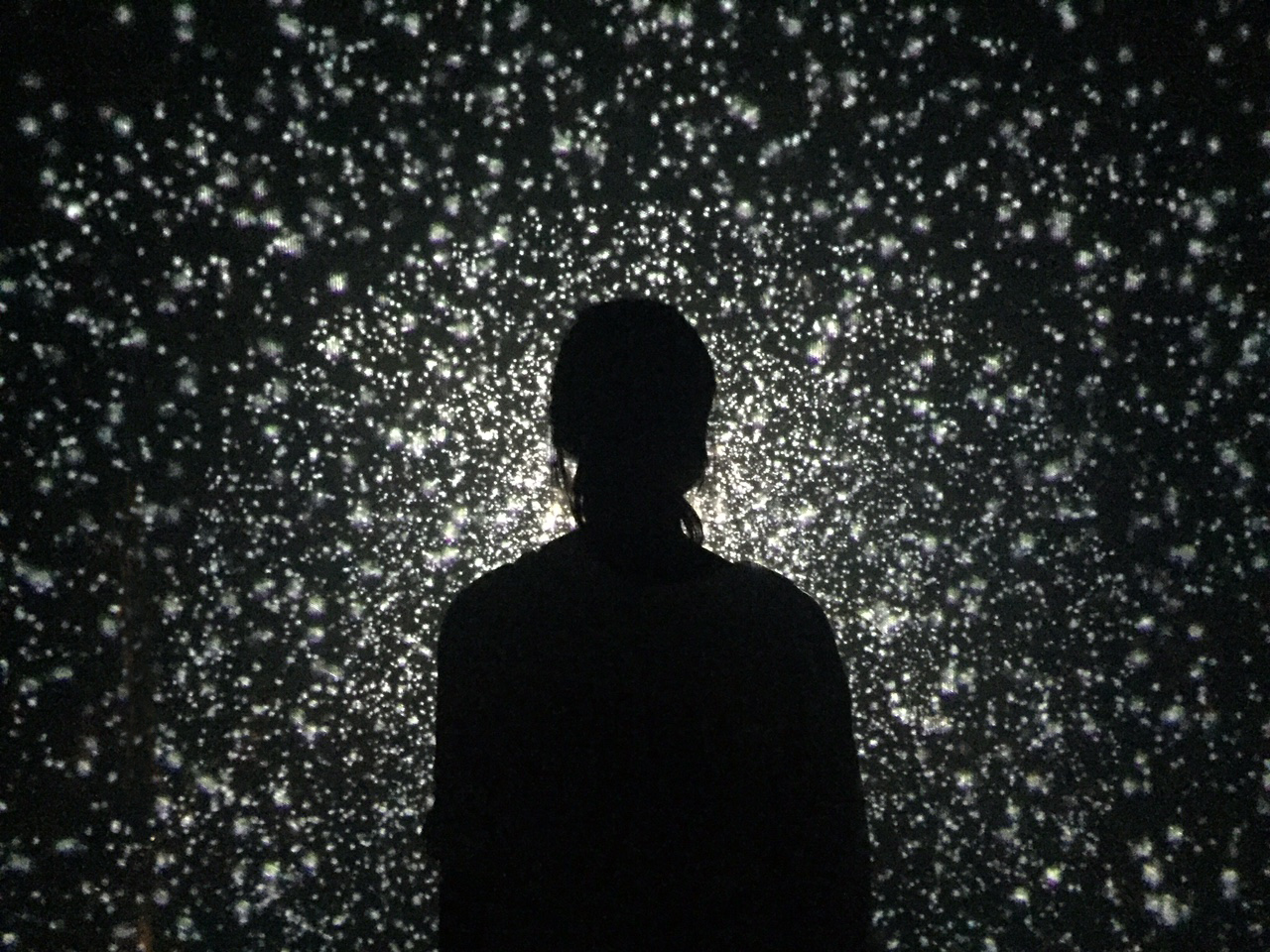Swing is a video piece created by Yael Kanarek who is an Israeli American new media artist. She is based in New York City, where she was born, while having been raised in Israel. Returning to NYC for art school in 1991, she began her path into the internet art scene, while also having founded Upgrade!, a network of international artists concerned with combining activism with art and technology.
This artwork in particular is a screen capture of a computational video. As Kanarek states, “In this piece, a digital clock is used as the compositional device. The work runs live on a computer and is played by software that syncs video and audio with the computer’s internal clock. Thus, actual time is represented by the audiovisual experience on-screen.” More importantly, the children in the video (brothers and friends) discuss the issues of water scarcity in Israel as well as the lack of peace with Syria. Time being integral to such issues, and whether they are dealt with accordingly is incredibly present in this piece—the rhythmic swinging of the boy is the timekeeper.


![[OLD FALL 2017] 15-104 • Introduction to Computing for Creative Practice](https://courses.ideate.cmu.edu/15-104/f2017/wp-content/uploads/2020/08/stop-banner.png)
